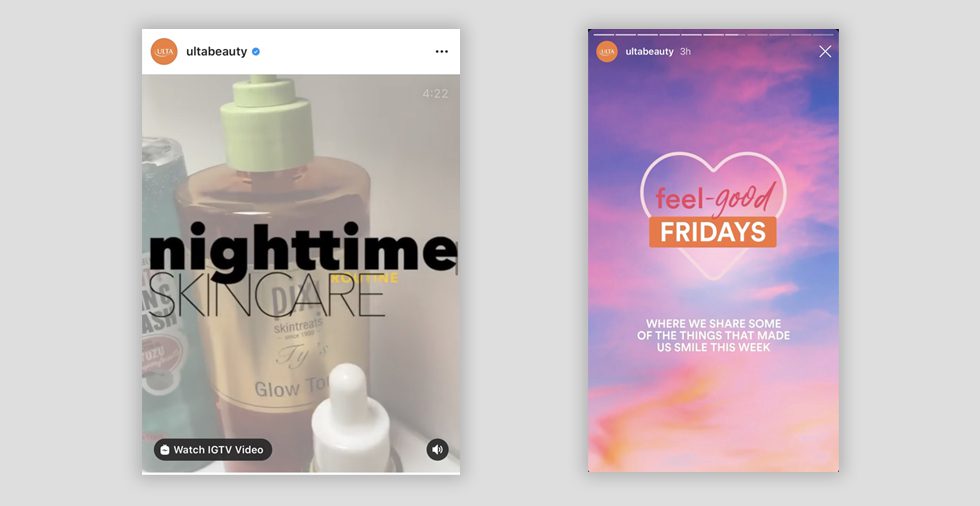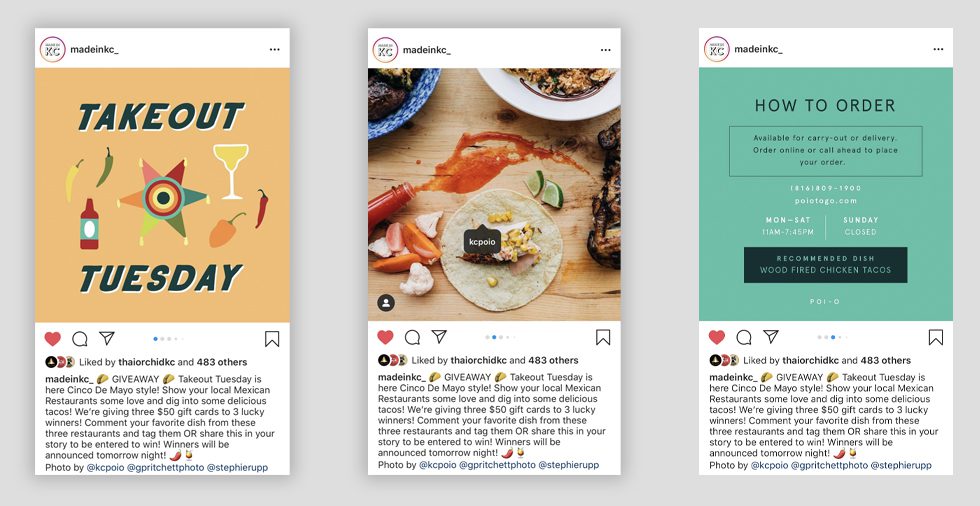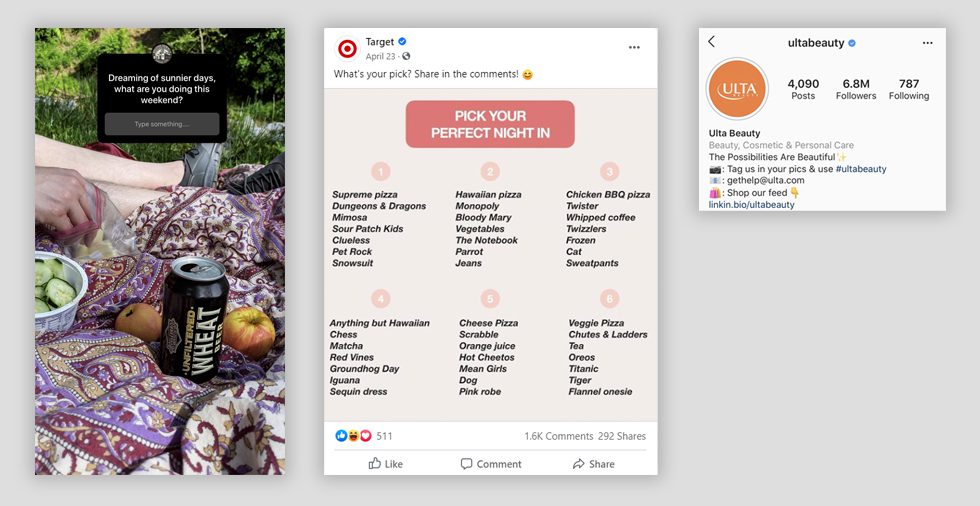Likes, comments, shares, saves, sends, reactions — there are many different ways customers and audiences engage with social media. But what does it all mean? Despite popular belief that the size of your following is what matters, it’s engagement you want to focus on. Why?
The more users engage with your content, the more visible you’ll be on your followers’ timelines. And their followers’ timelines. And possibly their followers’ timelines. Before you know it, you’re reaching customers beyond your following.
So, how do you go from simply posting on social media to generating real, meaningful engagement? Here at ThumbStopper, we’re sharing our best social media engagement ideas.
Consistency is Key
The more consistently you post, the more likely your followers will become better acquainted with your brand and what you sell. To stay top of mind (and hopefully top of feed), set a goal for how often you want to post. Then, create an editorial calendar and plan ahead to ensure you follow through. But don’t post just for the sake of it, as the quality of your content is more important than quantity.
Pro tip: Don’t limit yourself to just posts; use every feature of your social media platforms, like Instagram and Facebook Stories, IGTV, and links to your website and latest posts.
Example: Ulta Beauty is a great example of how to mix different types of content throughout one platform. In the first post, they featured several different brand products to create a how-to. It was shared as a post with a link to watch the full video on IGTV. On their Instagram Stories, they shared posts from other profiles — no product or brand promotion — as a way to increase content output and engagement.
ULTA BEAUTY:

Engage in Conversation and Community
Another way to enhance your engagement on social media is by sparking genuine conversations with your followers and like-minded profiles or businesses. You can start these conversations by:
- Responding to comments
- Responding to reviews
- Engaging with other profiles
- Building connections with other small business owners
- Providing thought leadership on important or timely topics
- Using hashtags and location markers
Engaging with other people and businesses can showcase the quality of your customer service while building connections. By offering genuine support and encouragement to your followers and community members, you’re likely to see others do the same for you. Win-win.
Example: Made in KC, a retail store in Kansas City that sells local goods, joined the Takeout Tuesday trend as fellow businesses struggled to stay afloat during the COVID-19 pandemic. This post below is an example of one of the local restaurants they spotlighted, despite having no affiliation or selling any of their goods. It was a simple, yet effective, nod to the local community and small business owners.

Encourage Feedback and Responses
One of the simplest ways to get your followers to engage is by asking them what they think. There are numerous creative ways to ask questions without directly promoting your business or brand. You can try things like:
- Asking questions (and encouraging responses)
- Creating polls
- Using the ‘Ask a question’ feature
- Posting a contest or giveaway
- Creating sharable and savable content
- Asking customers to share their reviews or experiences
- Creating a unique hashtag
Pro tip: Don’t just ask questions and ignore the answers. Post and share your followers’ responses. That will show you take the time to listen to their feedback and genuinely value what they have to say.
Examples: Boulevard Beer utilizes the ‘Ask a question’ feature on Instagram Stories to engage their followers. Target uses a similar strategy on Facebook, asking users to answer their question in the comments. Wendy’s — which receives significant engagement on its social platforms — tweeted a poll for followers. While it didn’t necessarily ask for direct feedback, it still showcased a fun and creative way to boost engagement. Check out the 19,000+ votes! Finally, take a look at another example from Ulta Beauty on Instagram, where they encourage followers to use their unique hashtag, #ultabeauty, to share posts and pictures. This is a smart way to get engagement and free brand engagement at the same time!


Find a Trusted Social Media Automation Tool
As a small business owner, managing all your social media profiles on your own or without experienced help can be costly — in terms of both money and time. With a social media management partner like ThumbStopper, you can experience growth and exposure on your channels without doing the heavy lifting yourself. Your social growth will translate into more customers and in-store traffic — and an overall boost to your business.
Engage Your Audiences with ThumbStopper
Social media engagement is crucial to growing your business, but so is your time. Thumbstopper’s automated, turnkey solution maintains and posts content to your social media profiles without you lifting a finger and, most importantly, without sacrificing quality. Ready to find a customized solution for your business that doesn’t require you to come up endless social media engagement ideas yourself? Get started today.




